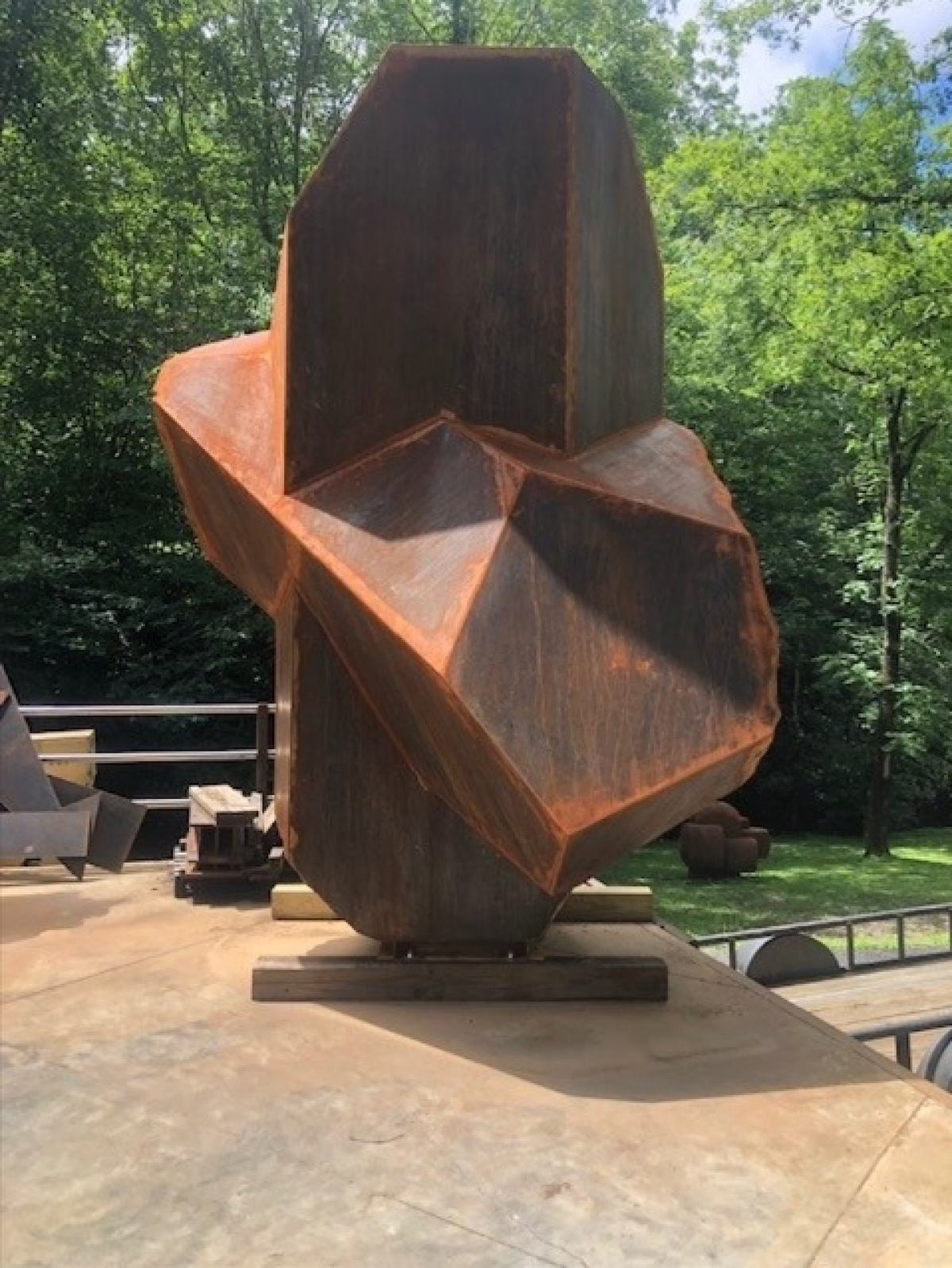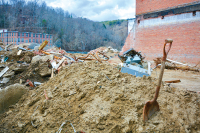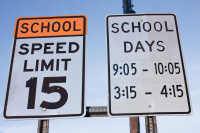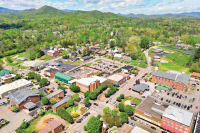New sculpture at WCU
 ‘Staurolite’ by Hoss Haley.
Donated photo.
‘Staurolite’ by Hoss Haley.
Donated photo.
Located outside Western Carolina University’s Apodaca Science Building is a new sculpture by Spruce Pine artist Hoss Haley, titled “Staurolite,” that will be installed in the coming weeks.
This new work is part of a comprehensive initiative within the Apodaca Science Building spearheaded by WCU’s Public Art Committee and the WCU Fine Art Museum.
During the design phase of the Apodaca Science Building in 2018-2019, the WCU Fine Art Museum and the University’s Public Art Committee advocated for funds in the construction budget to commission and purchase site-responsive artwork that would be permanently displayed within the building’s footprint.
This created opportunities for WCU Fine Art Museum’s curatorial team, in conjunction with the Public Art Committee and faculty in the arts and sciences, to select artwork and commission new works with a meaningful connection to the building’s design concepts, the Cherokee history of the site, and the sciences practiced by students and faculty in the building.
The museum commissioned several works for Apodaca, including glass works by Janis Miltenberger that explore connections between plants and human health, a kinetic glass and steel sculpture by John Littleton and Kate Vogel that draws inspiration from chaos theory, and an impending bronze sculpture by Eastern Band Cherokee artist Joshua Adams that tells the story of Judaculla.
The museum also acquired a painting by current undergraduate student Amber Rousseau that connects to her research on bird window strikes on campus, as well as a ceramic work by Eastern Band Cherokee artist Joel Queen and the WCU Digali’i Native American Student Organization entitled “We only want to be seen as human.”
Haley’s “Staurolite” is a 12-foot representation of a Staurolite Twin, a native mineral commonly found in Northern Georgia but also present in the Western North Carolina region.
The name “Staurolite” comes from the Greek word “stauros” for cross and “lithos” for stone, giving it a literal translation of “cross-stone.” Haley created his sculpture to look like the mineral after discovering ties to local geology and lore.
“For many years, people have used fairy stones as good luck charms, believing that they protect the wearer,” Haley said.
Future art installations in the Apodaca Science Building will continue throughout 2023, featuring Joshua Adams and others. Follow Bardo Arts Center on Facebook or Instagram to learn more about new installations in the building and find out more information about Haley’s artist talk about his new sculpture.
For more information, go to wcu.edu/bardo-arts-center.





